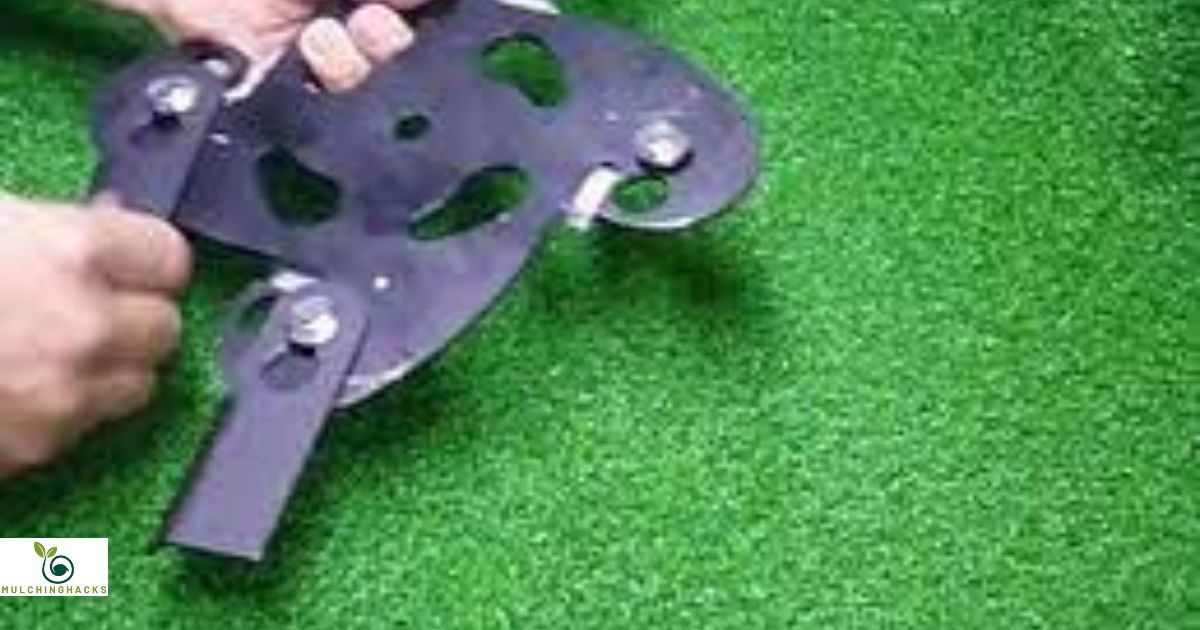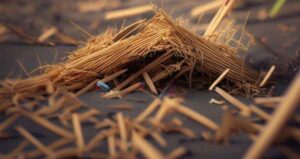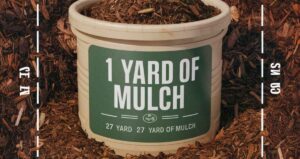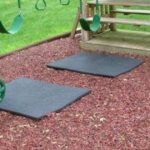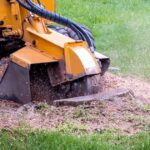Maintaining a healthy, well-groomed lawn is a rewarding endeavor, and the type of blades on your lawnmower plays a crucial role in achieving that goal. If you’ve ever wondered, “Which way do mulching blades go on?” you’re not alone. The proper installation of mulching blades is essential for an effective and efficient mowing process. In this comprehensive guide, we will delve into the world of mulching blades, exploring their significance, the correct way to install them, and the many benefits they bring to your lawn care routine.
illustrating the correct orientation of mulching blades:
| Blade Type | Correct Orientation | Incorrect Orientation |
| Mulching Blades | Cutting edges face downwards | Cutting edges face upwards |
| Standard Blades | Cutting edges face downwards | Cutting edges face upwards |
Understanding the Role of Mulching Blades
Lawn care is not just about regular mowing; it’s about the quality and precision of that mowing. One key aspect of achieving a lush, healthy lawn is the type of mower blades you use. Mulching blades, in particular, are designed to optimize the mowing process, but many homeowners often find themselves puzzled by a common question: “Which way do mulching blades go?” In this guide, we will unravel the mystery of mulching blades, starting with their fundamental role in maintaining your lawn.
What Are Mulching Blades?
Key Distinctions: Mulching Blades vs. Standard Blades
Before we get into the specifics of installing mulching blades, it’s essential to grasp the differences between mulching blades and standard blades. Each type serves a distinct purpose, and your choice will impact the look and health of your lawn.
Standard Blades
Discharge Grass Clippings: Standard blades are designed to discharge grass clippings out of the mower deck. This typically leaves the clippings on the lawn or collects them in a bag attachment for disposal.
Quick and Efficient:
They work efficiently when you want to dispose of grass clippings or when the grass is too tall for mulching.
Mulching Blades
Mulching blades, as the name suggests, are intended for mulching. They finely cut the grass clippings and disperse them back into the lawn.
Encourage Nutrient Return
The mulched clippings decompose quickly, returning valuable nutrients to the soil.
Promote a Healthier Lawn
Mulching blades help maintain a manicured appearance and improve the overall health of the lawn.
Anatomy of a Mulching Blade
To understand how mulching blades work, it’s beneficial to know their components:
Cutting Edges
The cutting edges of mulching blades are typically curved and designed to finely cut grass blades into smaller pieces.
Extended Cutting Surface
Unlike standard blades, mulching blades have a more extended cutting surface, which further shreds clippings.
Lifting Wings
These wings are angled upward, creating a lift that propels the clippings upwards for further cutting. This process ensures that the clippings are finely mulched before falling back onto the lawn.
Built-In Teeth
Some mulching blades have built-in teeth on the cutting edge, which aid in further shredding clippings.
Installing Mulching Blades
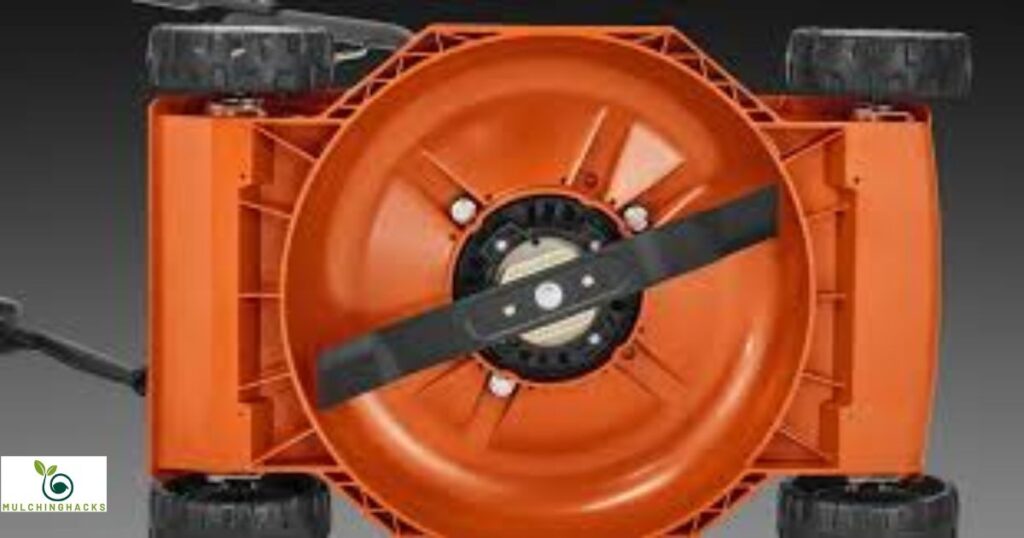
Safety First: Precautions to Take
Before diving into the installation process, safety should always be a top priority. Here are some precautions to keep in mind when installing mulching blades:
Turn Off the Mower
Ensure the lawnmower is completely powered off, and the spark plug is disconnected to prevent any accidental starts.
Wear Safety Gear
Don safety gear, including gloves and protective eyewear, to guard against any sharp or moving parts.
Stabilize the Mower
Use appropriate supports to keep the mower stable during the blade installation process.
Tools Required for Installation
You’ll need a few essential tools to correctly install mulching blades:
Socket Wrench
A socket wrench will allow you to remove the existing blades and install the new mulching blades.
Work Gloves
Protect your hands from sharp edges and potential rust during the installation.
Wood Block or Blade-Locking Tool
These tools can help immobilize the blade, making it easier to remove and install.
Step-by-Step Guide to Installing Mulching Blades
Here’s a comprehensive step-by-step guide to correctly install mulching blades on your lawnmower:
Prepare Your Mower
Ensure the lawnmower is on a flat, stable surface.
Disconnect the spark plug to prevent any accidental starts.
Allow the engine to cool if it has been running recently.
Remove the Old Blades
Locate and access the blade bolts or nuts that secure the old blades to the mower deck.
Use a socket wrench to loosen and remove these bolts or nuts.
Carefully remove the old blades, taking note of their orientation.
Inspect the Blades
Before installing the new mulching blades, inspect them for any damage or defects.
Ensure that the new blades match the orientation of the old blades you removed.
Install the Mulching Blades
Place the new mulching blades on the mower deck, ensuring that the cutting edges are facing downwards towards the grass.
Use a socket wrench to secure the new blades by tightening the blade bolts or nuts. Be sure to follow the manufacturer’s recommended torque specifications for the specific mower and blade type
Double-check the Blade Installation
Confirm that the new mulching blades are securely attached to the mower deck.
Reconnect the Spark Plug
Reconnect the spark plug to the mower, allowing it to restart.
Test the Blades
Before mowing your entire lawn, start the mower and observe the new mulching blades’ performance.
Ensure that they are cutting efficiently and distributing the clippings evenly.
Benefits of Using Mulching Blades
Lawn Health and Aesthetics
One of the primary benefits of using mulching blades is the positive impact they have on your lawn’s health and appearance. Here’s how mulching blades contribute to these aspects:
Finely Mulched Clippings
Mulching blades finely cut grass clippings into smaller pieces, creating a uniform layer of mulch on the lawn.
Enhanced Aesthetics:
The mulched clippings are not as noticeable as larger clippings left behind by standard blades. This creates a more polished and attractive lawn appearance.
Reduced Thatch
Mulched clippings break down quickly, reducing the accumulation of that
FAQ,s
Do mulching blades work on all types of lawnmowers?
Mulching blades are compatible with most walk-behind and riding lawnmowers. However, it’s essential to check your mower’s specifications and the blade type to ensure compatibility.
Can I switch between standard and mulching blades easily?
Yes, you can switch between standard and mulching blades by following the installation process. However, it’s crucial to make sure the blades are installed correctly for optimal performance.
Do mulching blades work well with wet grass?
Mulching blades can handle wet grass, but it’s recommended to mow when the grass is dry for the best results. Wet grass can clump together, affecting mulching efficiency.
How often should I sharpen or replace mulching blades?
Regular maintenance is essential. Sharpen or replace mulching blades when they become dull or damaged. Typically, this may be needed at the beginning of each mowing season.
Do mulching blades work on leaves and small debris in addition to grass?
Mulching blades can help shred leaves and small debris into finer pieces. However, for extensive leaf collection, a dedicated leaf vacuum or collection system is more effective.
Conclusion:
Properly installing mulching blades on your lawnmower is essential for achieving a well-manicured lawn and reaping the benefits of efficient mulching. The correct orientation for mulching blades is with the cutting edges facing downward toward the grass. This orientation allows the blades to finely cut the grass clippings, promoting a polished appearance, improving the overall health of your lawn, and reducing the accumulation of thatch.
Installing mulching blades incorrectly, with the cutting edges facing upwards, can lead to inefficient mulching, clumpy grass clippings, and an unsightly lawn. Therefore, taking the time to ensure your mulching blades are properly oriented during installation is a crucial step in your lawn care routine.
